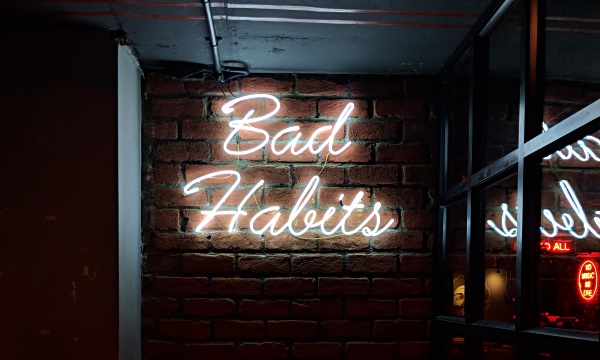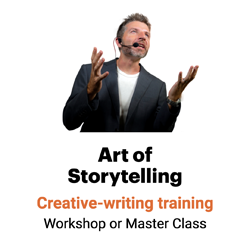Name names; number numbers
When it comes to interest and understanding, Countertop Gadgets are better than Domestic Devices.

Favorite Junk outperforms Preferred Items. How a Plane Flies beats The Laws of Lift. And Jungles in Ice trounces A Science Find. (Sadoski, Goetz and Rodriguez, 2000).
That’s because concrete words and phrases, according to some 60 years of research, encourage reading; boost comprehension; improve learning; aid memory; and help people come up with bigger, better, more creative ideas.
Abstract words and phrases do not.
“The soul never thinks without an image,” Aristotle famously said. Pulitzer Prize-winning poet William Carlos Williams agreed, saying, “No ideas but in things.”
Want to make your message more interesting and accessible? Illustrate ideas through things.
Paint concrete word pictures. Name names and number numbers.
1. Word pictures boost understanding by 43%.
When researchers Prabu David and Jagdeep Kang wanted to see whether concrete messages were more understandable and memorable, they tested concrete and abstract phrases.
Abstract:
Concrete:
The results? The concrete copy was 43% easier to understand and remember.
Why? Because concrete copy — word pictures — paint pictures in your readers’ minds. Those mental images serve as surrogates for real pictures, the researchers hypothesize. And real pictures have been shown, in study after study, to make information easier to understand and remember.
2. Concrete sentences easier to read and remember.
According to some 60 years of research, concrete sentences like these are easier to read, understand, learn and remember:
- The huge gorilla smashed the bus with its fist.
- When a click beetle is on its back, it flips itself into the air and lands right side up while it makes a clicking noise.
- When a fly moves its wings about 200 times in a second, you hear a buzzing sound.
- The Battle of Trafalgar was the greatest naval victory in British history, and it was the war for Great Britain.
- [Lady Emma Hamilton] fell in love with the battered, one-eyed, one-armed naval hero and became his mistress.
3. Concrete passages more understandable.
Two professors from Texas A&M University and one from the University of the Andes tested two sets of passages.
Half of the passages were abstract:
The other half were concrete:
Researchers found an almost one-to-one correlation between how concrete a passage was and how easy it was to understand. (Sadoski, Goetz and Rodriguez, 2000).
Show, don’t just tell.
Word pictures are one of more than 6 types of concrete material to try.
To write more forcefully, editor and publisher Arthur Plotnick recommends that you use:
- Words that appeal to the senses. The most powerful words, he says, “recall sensory experience: sight, sound, smell, taste, touch.”
- Sound bursts. “Words can borrow the force of natural sounds by mimicking some of their elements. Whap. Clink. Clang. Splash. Screech.”
- High-energy verbs. “Verbs power sentences. Energetic verbs rocket them.”
It will make a big difference.
“Information is absorbed in direct proportion to its vividness,” write Diane West and Jennifer Dreyer, principals, Tamayo Consulting Inc.
And as James Fallows, national correspondent for The Atlantic Monthly, writes, “Make the important interesting.”
Learn more about concrete detail.
How can you make your message clearer with concrete word pictures?
What questions do you have about using concrete word pictures?

Leave a Reply